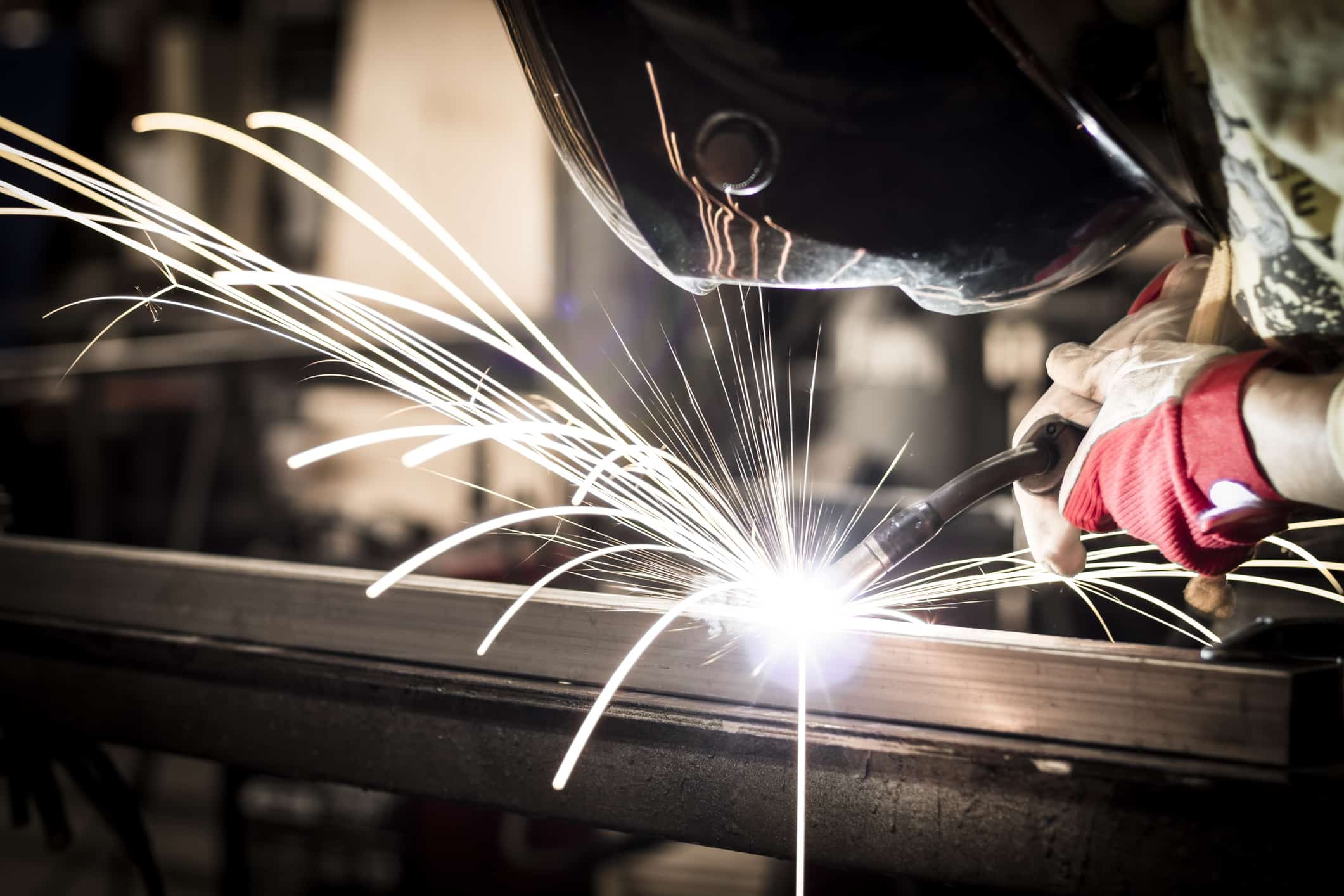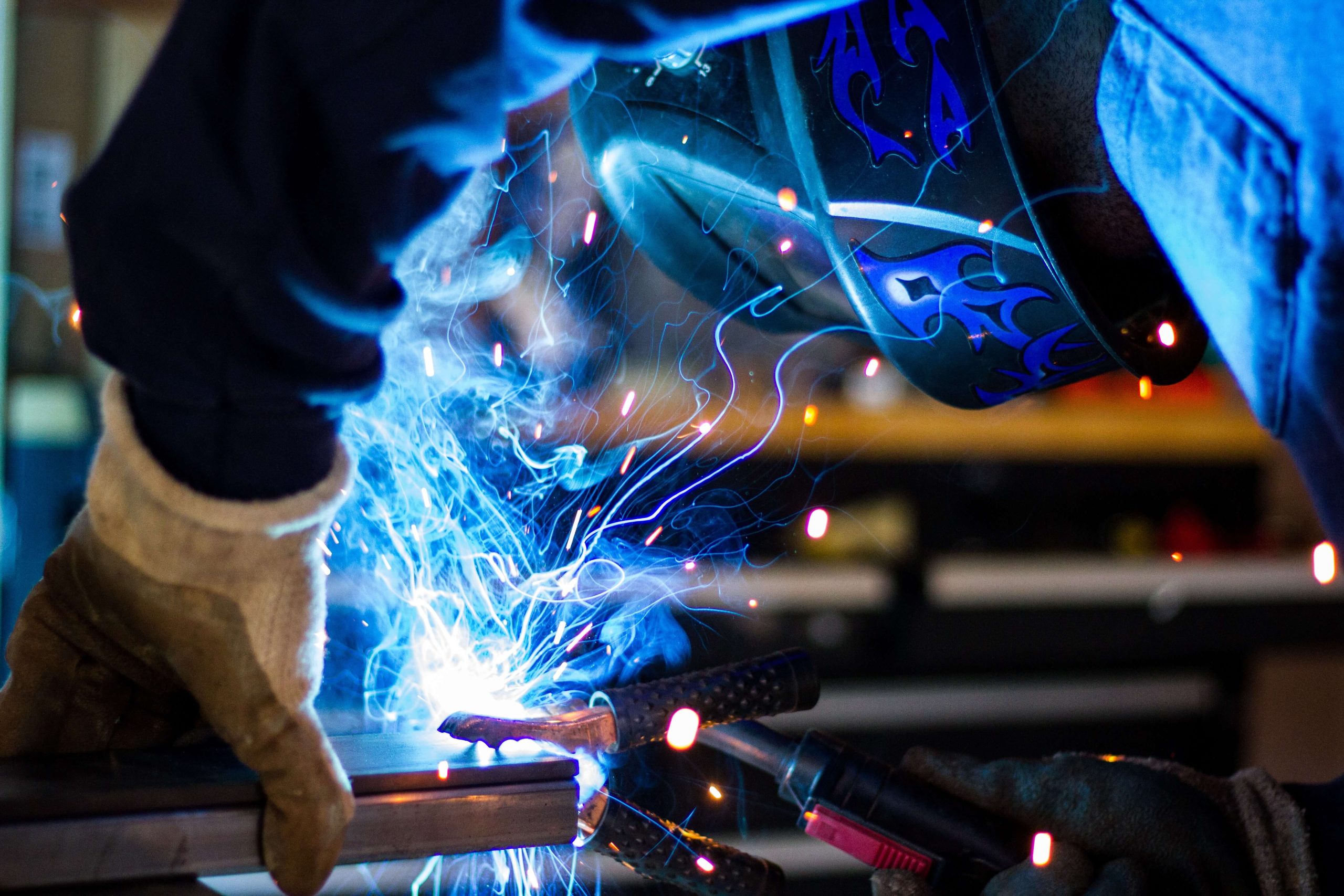Common Welding Repair Work Issues and How to Address Them Efficiently
Welding repair services usually run into a range of issues that can threaten the stability of the last item. Typical problems include inadequate penetration, porosity, and imbalance, to name a few. Each flaw provides one-of-a-kind difficulties that need specific strategies for resolution. Understanding these problems is important for welders aiming to enhance their abilities and results. This conversation will certainly discover these common welding repair problems and effective techniques to resolve them.
Poor Infiltration
Inadequate infiltration takes place when the weld metal falls short to totally fuse with the base material, resulting in weak joints and possible architectural failings. This concern commonly originates from not enough warm input, inaccurate electrode angle, or improper welding speed. Welders may experience inadequate infiltration due to a miscalculation of the necessary parameters for a certain material density or kind. In addition, contamination on the base material's surface can prevent efficient bonding, worsening the problem. To address insufficient penetration, welders must assure ideal setups on their devices and keep a tidy work surface area. Normal evaluation of welds is advised to determine any type of shortages early, enabling prompt corrections and the prevention of compromised architectural honesty in bonded assemblies.
Porosity
Porosity is an usual defect in welded joints that manifests as tiny gas bubbles trapped within the weld steel. This problem can endanger the integrity of the weld, leading to reduced stamina and potential failure under tension. Belgrade. Porosity normally arises from contamination, wetness, or improper welding strategies, which permit gases to get away right into the liquified weld swimming pool. To address porosity, welders must ensure appropriate surface area prep work, keep a clean workplace, and use appropriate welding specifications. Additionally, selecting the ideal filler product and protecting gas can mitigate gas entrapment. Routine assessment and screening of welds can help identify porosity early, guaranteeing timely restorative actions are taken, thereby protecting the top quality and reliability of the welded framework
Imbalance
Imbalance in welding can emerge from numerous aspects, including inappropriate arrangement and thermal development. Recognizing the origin is necessary for efficient resolution. Several adjustment techniques are readily available to straighten parts and guarantee structural honesty.
Sources of Imbalance
Welding imbalance typically stems from a selection of underlying problems that can endanger architectural stability. One key reason is inappropriate fit-up of components before welding, which can result in gaps and uneven surfaces. Variations in thermal development throughout the welding process can additionally lead to distortion, particularly if the products being joined have different coefficients of development. Additionally, insufficient clamping and fixturing might fall short to hold elements safely in position, resulting in movement during welding. Poorly conserved equipment, including welding machines and devices, might introduce disparities in the weld grain, additional adding to imbalance. Operator error, stemming from insufficient training or experience, can also play a significant duty in creating misaligned welds.

Correction Methods Readily Available
Addressing imbalance effectively calls for a combination of rehabilitative techniques tailored to the particular issues at hand. One usual technique is using components or jigs to hold parts in the right setting throughout welding, ensuring regular positioning. Furthermore, pre-heating the materials can assist reduce distortion and enhance fit-up. For substantial misalignment, mechanical realignment strategies, such as utilizing hydraulic jacks or clamps, can be utilized to fix the placement prior to welding. Post-weld heat treatment might likewise be necessary to soothe stresses caused by imbalance. Ultimately, mindful inspection and adjustment during the arrangement phase can protect against imbalance concerns from becoming considerable problems, promoting a smoother welding process and improving total structural stability.
Distortion
Distortion is a common obstacle in welding that can emerge from different factors, consisting of unequal cooling and heating. Comprehending the root causes of distortion is necessary for carrying out effective avoidance methods. Resolving this problem not just enhances architectural integrity however additionally improves the total high quality of the weld.
Reasons for Distortion
When subjected to the intense heat of welding, products commonly undergo changes that can bring about distortion. This phenomenon largely occurs from thermal growth and tightening throughout the welding procedure. As the weld location heats up, the product expands; upon air conditioning, it acquires, which can develop internal tensions. Furthermore, uneven heating across a work surface can exacerbate these stress and anxieties, resulting in warping or flexing. The sort of product likewise plays a substantial function; metals with differing thermal conductivity and coefficients of development may react in different ways, causing uncertain distortions. Additionally, inadequate joint design and insufficient fixturing can add to misalignment during welding, enhancing the likelihood of distortion. Understanding these reasons is crucial for efficient welding repair work and avoidance techniques.
Prevention Techniques
Reliable avoidance methods for distortion during welding concentrate on regulating warm input and making certain correct joint design. Maintaining a consistent warmth input aids to decrease thermal growth and contraction, which can lead to distortion. Making use of techniques such as pre-heating the workpiece can additionally lower the temperature level gradient, promoting consistent home heating. In addition, selecting proper joint designs, such as T-joints or lap joints, can boost stability and reduce tension concentrations. Executing appropriate fixturing to secure the workpieces in position additionally help in preserving alignment throughout the welding process. Staggered welding series can distribute heat a lot more uniformly, avoiding localized distortion. By using these methods, welders can substantially reduce the probability of distortion and enhance the general quality of their welds.
Cracking
Breaking is a common concern come across in welding repair services, frequently resulting from different elements such as incorrect cooling rates, material option, or insufficient joint prep work. The occurrence of cracks can considerably compromise the integrity of the weld, bring about prospective failures throughout procedure. To address this problem, welders need to first evaluate the source, making certain that materials work and suitably chosen for the specific application. Furthermore, regulating the cooling price throughout the welding procedure is crucial; quick air conditioning can cause anxiety and cause fracturing. Appropriate joint layout and prep work also add to reducing the risk. Implementing these strategies can boost weld high quality and sturdiness, ultimately reducing the probability of cracking in completed weldments.

Insufficient Combination
A substantial concern in welding repairs is incomplete fusion, which occurs when the weld steel does not appropriately bond with the base material or previous weld passes - Montana Mobile Welding and Repair Belgrade. This problem can lead to weaknesses in moved here the joint, possibly endangering the integrity of the welded structure. Aspects adding to insufficient blend include inadequate warmth input, inappropriate welding strategy, and contamination of the surfaces being signed up with. To resolve this issue successfully, welders ought to ensure appropriate pre-weld cleansing and surface preparation, along with readjust their welding criteria to achieve appropriate infiltration and blend. Regular evaluation during the welding process can also aid recognize incomplete fusion early, enabling prompt restorative measures to enhance the general high quality of the weld
Overheating
While welding repair services can boost architectural stability, overheating presents a considerable obstacle that can bring about material deterioration. Excessive warmth during welding can change the mechanical residential properties of steels, sip welders resulting in lowered strength, enhanced brittleness, and bending. This phenomenon is particularly important in high-stress applications where architectural reliability is paramount. Determining overheating can entail aesthetic evaluations for discoloration or distortion, along with keeping track of temperature level during the welding procedure. To alleviate the threats linked with getting too hot, welders should utilize ideal strategies, such as controlling warmth input, readjusting traveling speed, and making use of appropriate filler products. In addition, carrying out pre- and post-weld heat therapies can assist recover material properties and improve the general top quality of the repair service, making certain lasting performance and safety and security.
Often Asked Inquiries
What Are the Common Indicators of a Welding Flaw?

How Can I Examine My Welds for Top quality?
To evaluate welds for high quality, one can make use of visual evaluations, ultrasonic testing, and radiographic approaches. Each method guarantees structural integrity, determines defects, and validates adherence to defined standards, ultimately improving the integrity of the welded joints.
What Safety and security Safety Measures Should I Take While Welding?
When welding, one should prioritize security by using proper personal safety equipment, making sure proper ventilation, safeguarding flammable materials away, keeping a tidy office, and being conscious of surroundings to avoid mishaps and injuries.
Can I Repair a Weld Without Renovating the Entire Joint?
Repairing a weld without redoing the whole joint is feasible, depending on the damages (Belgrade). Techniques such as grinding, including filler product, or using a welding procedure can properly address details problems while protecting the surrounding framework
What Equipment Are Important for Reliable Welding Repair Works?
Essential tools for efficient welding repair work include a welding equipment, cord brush, grinder, safety equipment, clamps, and filler materials. Each hitbox welder tool plays a vital duty in ensuring quality and safety and security during the repair work procedure. Porosity commonly arises from contamination, dampness, or improper welding strategies, which allow gases to get away right into the liquified weld swimming pool. Poorly kept equipment, consisting of welding machines and devices, may introduce incongruities in the weld bead, more adding to misalignment. When subjected to the intense heat of welding, materials commonly undergo changes that can lead to distortion. Cracking is an usual issue come across in welding repair services, usually resulting from different variables such as inappropriate air conditioning rates, product choice, or inadequate joint prep work. A substantial concern in welding repair work is incomplete blend, which takes place when the weld steel does not properly bond with the base product or previous weld passes.